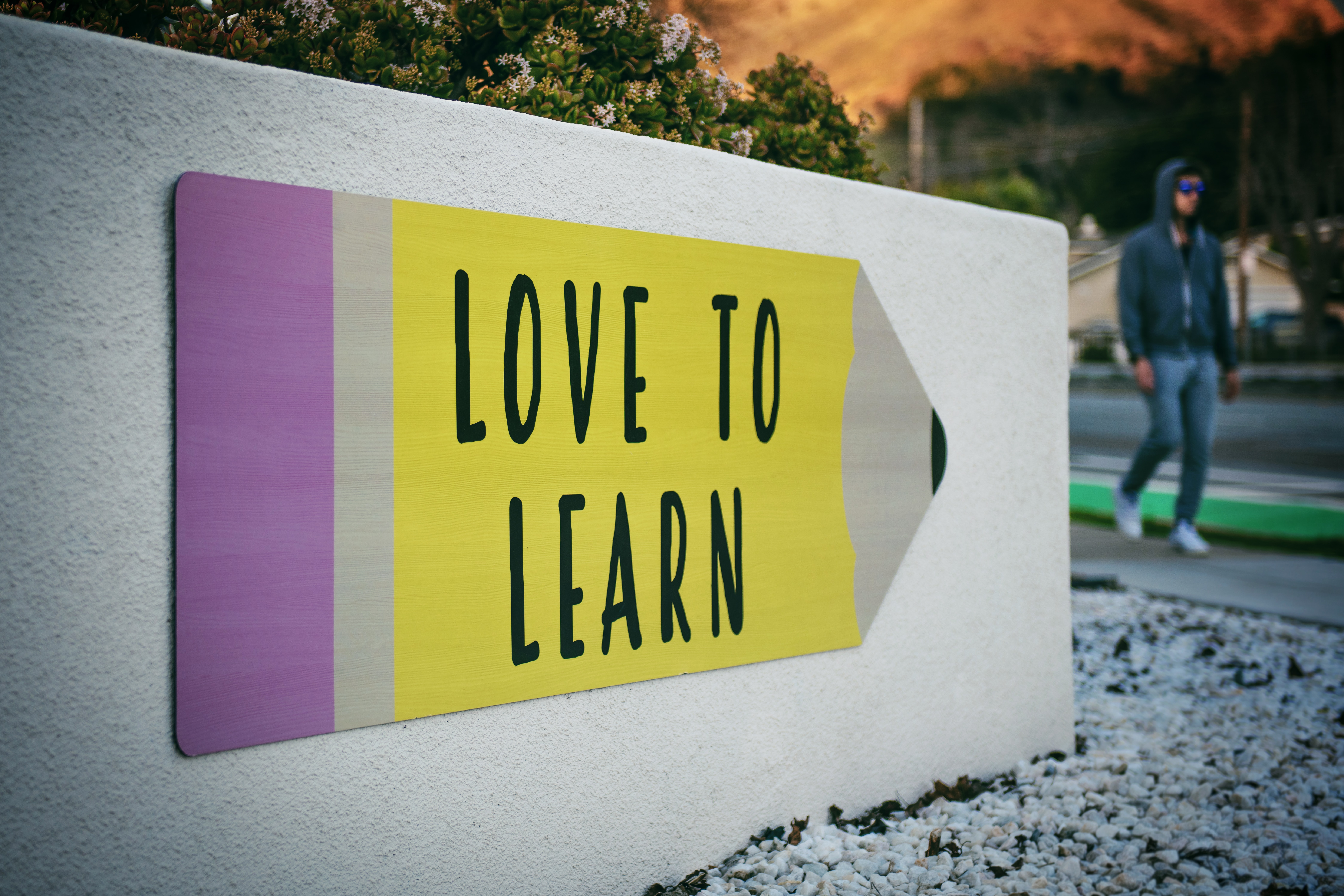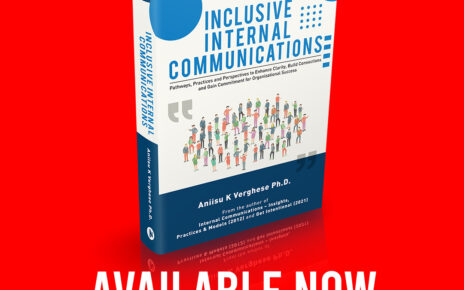How did communicators manage through the crisis? What worked and what could have been done better? What kind of approaches, content messages and channels were used? How did they measure the effectiveness of the communications?
Read all this and more in this interview with Nazia Nasim, Group Manager – Internal Communications at Royal Enfield who also happens to be the winner of Kaun Banega Crorepati Season 12 (Indian Quiz Based Game Show).
About Intraskope’s Internal Crisis Communication Series
The pandemic has changed how we engage and implement communications. Learning from best practices can equip us to handle future crises better. In this series, I talk to practitioners on their strategies and tactics to involve, empower and drive communications. Specifically, I ask them to share how internal communications worked, what were the challenges and opportunities, how is the function perceived now, what skills mattered or will matter in the future and what tips they have for other communicators with future crises in mind.
Interview
- How did internal communications work during COVID-19?
When the world started battling the earliest waves of COVID 19, we were largely unclear of the things it was set to change. We were now looking at a world that was talking, behaving and operating differently – a world of many firsts. Internal Communications teams across the world started gearing up for all the attention it was supposed to be getting in the times to come. As the business came to a standstill and the need for messaging doubled in no time, Employee Communications was already working on ways to get the engagement soaring.
We were not used to working from home and when everything came to a stall, there was obviously a need to engage more and engage better. We began with leadership messaging on important aspects of keeping people safe and also the direction business was supposed to be taking in the wake of this unprecedented event. We held employee town halls regularly and began reaching out to dealers and business partners as well to explain what the company was doing to keep their businesses sustainable.
The challenge of optimizing human connections in a digital way
As businesses were finding new ways to connect with the customers and ensure continuity & risk mitigation, leaders and corporations were also aware of the rising impact on employee stability. With suspended production and employees confined to their homes, it was a challenge to keep the momentum of engagement and cheer ongoing. In the absence of physical connections, we were needed to innovate quickly and find newer mediums of communication and messaging. The digital avenues were surely opening up but the need was to create an intriguing, engaging and two way communication platform almost in no time. We need to connect with people digitally in the most humane way to drive collaboration, knowledge sharing, collective brainstorming and most importantly, empathy in troubled times.
Innovating to create the impact – RED Talks
Resting heavily on the belief that Employee Communication strategies should focus on simply putting the spotlight back on employees, we came up with a virtual platform called RED Talks that gave our people the power to share in a safe environment. This was driven with the intent to bring alive the stories that motivated people during their lockdown blues and also gave them an opportunity to learn from their colleagues and external experts across a variety of topics.
These 15-20 minute short conversations which our CEO would go on to call “Play with Purpose” sessions helped employees find a new meaning in the times of confinement. Looking at things from a colleague’s experience and perspective helped teams discover solutions to business issues and also identify creative solutions that became a part of the next annual strategic planning exercise.
A beautiful array of topics ranging from honing leadership skills and understanding of electric vehicles to a DIY session on motorcycle maintenance along with numerous talks on well-being & mindfulness, RED Talks opened up a world of learning & sharing. Breaking across the barriers of designations and job roles, this medium of engagement saw leaders and employees share alike and have interaction without any roadblocks. RED Talks helped us slowly take away the lockdown blues and create a workforce that was looking ahead at brighter days.
It is important to note that these sessions were self-motivated and along with employee participation, it did see our leadership ‘walk the talk’ as they spearheaded the first few sessions on leadership, brand, people and life lessons.
- What perceptions did you have as a practitioner on the value and impact of internal communications?
When I started off my career in internal communications about 15 years back, the function was considered no more than the one with fancy English writers and proofreaders. We had little or no personal branding in those days.
Although we have built credibility over a decade and continue to establish our position as advocates for leadership and the brand, we still fail to do it enough.
After the pandemic (if we can say so), I can see a huge shift in the perception and recognition of our efforts as a function across industries. Slowly, we are getting our due for the value we add. Earlier, we had to push a lot of communications but today, we are able to attract audiences and the pull factor plays a role. People trust us with their information and consider us allies. The senior leadership is appreciative of our work and the counsel we provide for organizational messaging. Getting a seat on the table feels nice!
- When was the communications team involved during the pandemic?
I’d say Day One. We were on our toes and were quick to respond to the need for messaging and proactively curated engagement programs for our people. The leadership messaging and connect was at its peak and employee communications played an important role in executing these programs with speed and precision.
- What were the key channels used? Which were the most effective? Why?
Video meetings were most effective while the intranet and internal social media platforms were passive ways of engaging. Video is a much-accepted medium and the ‘Live’ concept was appreciated. We began leadership connect sessions (open discussions) with the intent of leaders being available and in touch with the teams when everyone was operating remotely. Authentic conversations truly helped establish a camaraderie in a virtual world.
- What were the biggest challenges and opportunities for communicators? Why?
Among the challenges, we all get stuck on mediums. Effective mediums of interaction in the internal world would change the game for organizational communications. Imagine the interactivity if we had something like Twitter inside our organizations!!
The function needs to evolve on many fronts and explore technology to a greater extent. We need better platforms to engage people and drive conversation- quick and easy. The experience isn’t the same for internal and external and we need to bridge this gap.
As the function gains confidence, we need to become smarter not just with content but using it on efficient mediums so that it amplifies really fast and inspires people to take action.
- Which skills were the most valued during this time?
Writing is the key skill that will never go out of fashion. It will always be in demand. Accuracy is another one. We need to be a stickler when it comes to maintaining the quality of communications going out from our team. Aligning your deliverable with business goals and needs always puts your game on point.
- What advice do communicators have for their peers?
Credibility comes with being honest. Bring your honest self to work and to your LinkedIn profiles 🙂 Move away from stereotypes created for communication professionals – they come in all shapes and sizes!
Be open to ideas, do good work and put your heart in the right place. You will see success coming to you.
Liked the interview? Post your comments and share it with your network.
Have other insights on internal crisis communications to share? Join the COVID-19 Internal Communications Interview Series! Drop a mail to me at aniisu3@gmail.com
You can also look up the ongoing Intraskope’s Spotlight on Internal Communication Series featuring practitioners from around the globe sharing best practices and perspectives.
Keen to contribute and participate in the Spotlight series? Write to me at aniisu3@gmail.com
Here are Internal Communications resources you can use:
- Learn: Internal Communications Fundamentals Course on Thinkific or Udemy
- Internal Communications Series: https://forms.gle/KcqmPzLwq7NQi5Km6
- Chat with Aniisu – Internal Communications: https://www.instamojo.com/intraskope/connect-with-aniisu-60-minute-personalized-d/?ref=store
- Internal Communications workshops: https://bit.ly/2zdBRl1
You can also visit my website www.intraskope.com and You Tube channel to know more about my work.



